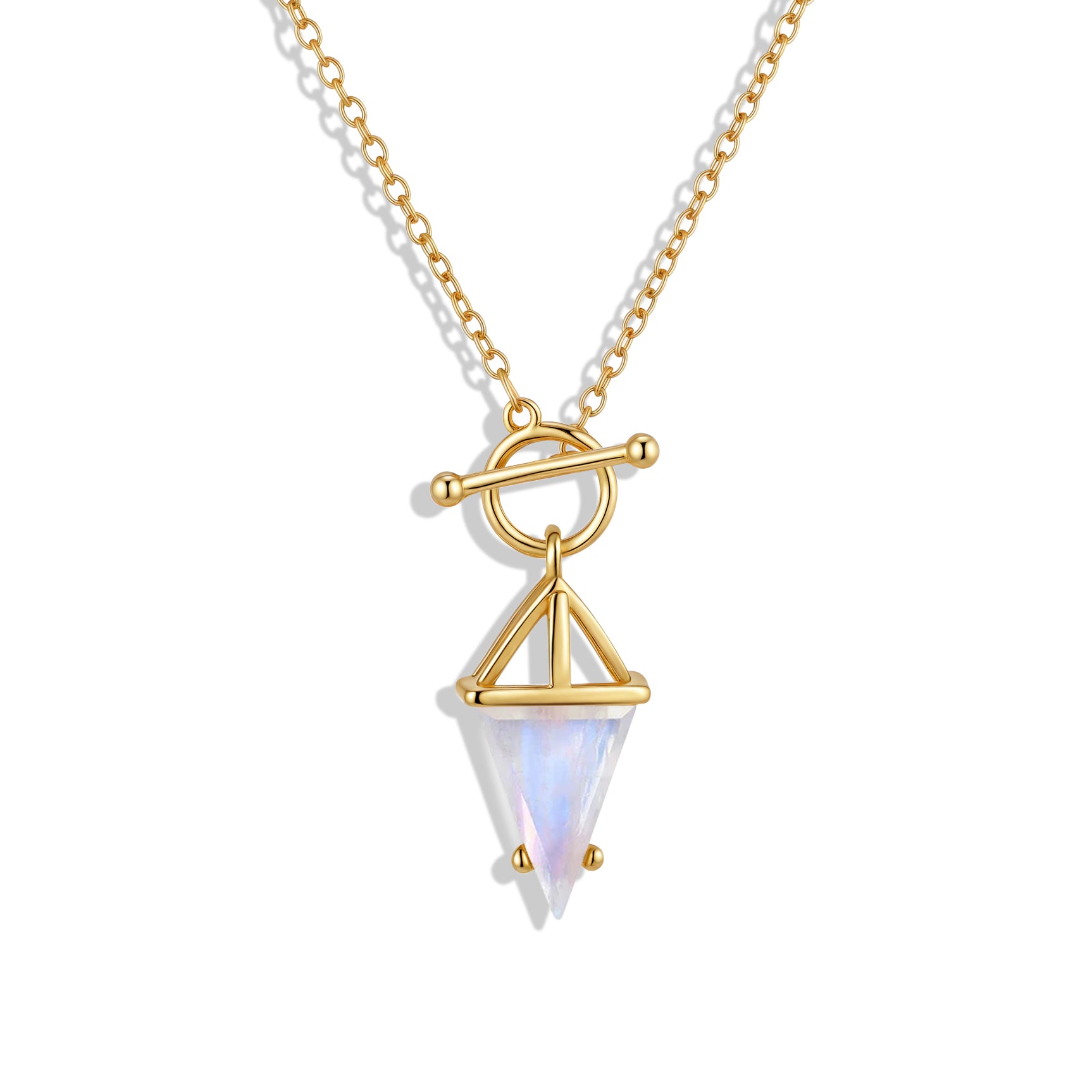Prehnite is unique among gemstones because of its shape. Under normal circumstances when you look at a gemstone or a crystal you'll see sharper edges that come together. It'll have flat surfaces but there will be distinct lines with a somewhat severe shape.
That is not the case here.
Prehnite is Botryoidal which means it forms balls. Instead of having flat edges that come together to a point, it forms rounded balls and in large cases multiple balls stacked together can look akin to a bunch of grapes.
Obviously, it looks much more like green grapes than purple grapes because of the color. Prehnite is a delightful green shade that looks very similar to the light green skin on grapes, but it comes with distinct dark markings on the inside that give it texture and vibrance. This comes from epidote. Epidote is made of calcium, aluminum, and iron. While it is very common, the dark inclusions contained in prehnite juxtapose the light green color in such a way that draws attention.
Even more interesting is that prehnite has the physical ability to create these epimorphs or bubbly, rounded masses that look very similar to balls because it grows over existing material and then the compounds over which it grew will dissolve leaving behind a hollow center.
However, it can be several different shades and the epimorphs can be differently shaped depending on what substance was underneath, like thick blades instead of balls if the prehnite formed over anhydrite.
Perhaps most fascinating about this epimorphic ability is that prehnite comes in and deposits a crust over other material, coating things until it has formed a complete shell encasing what it once was. The material underneath, like the anhydrite, then dissolves out the back, leaving behind unique shapes in each piece.


















